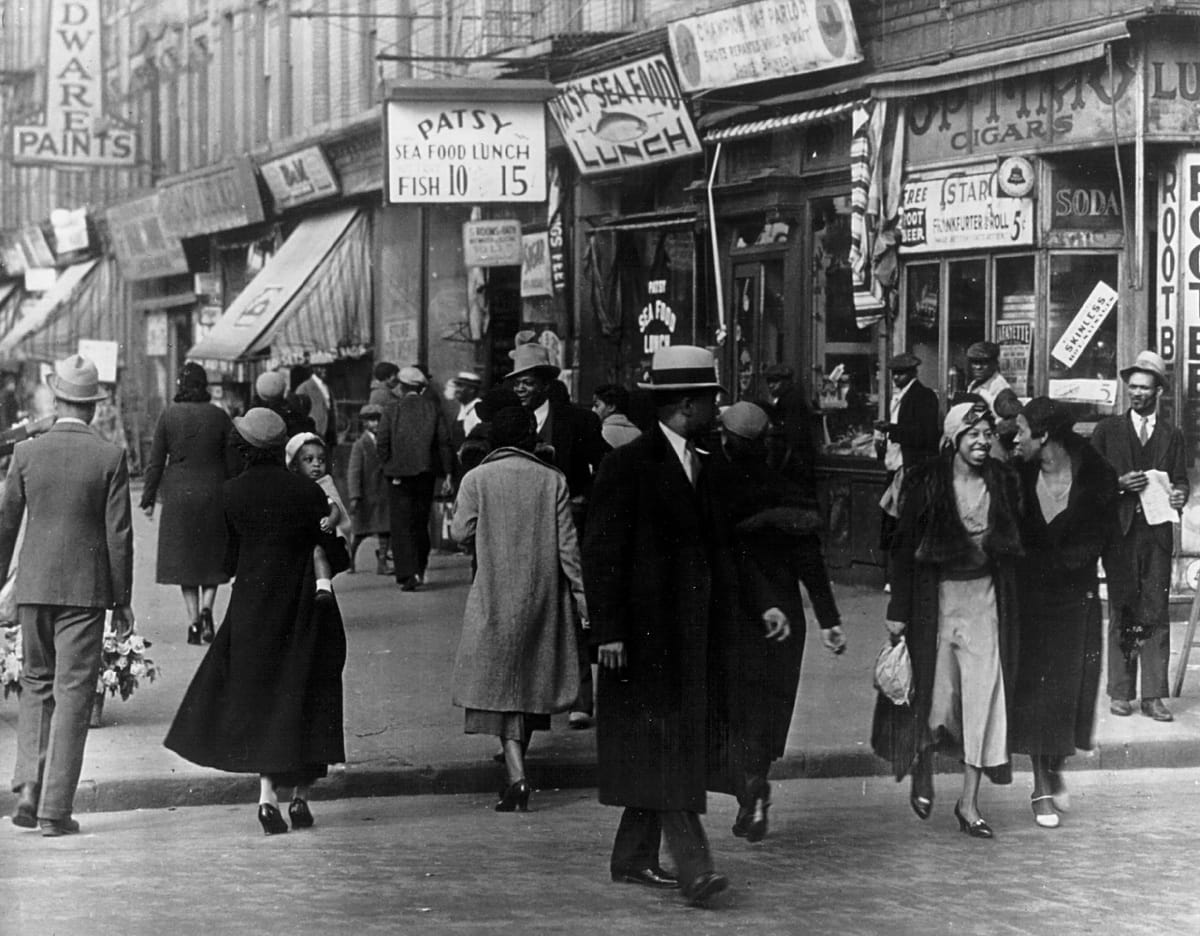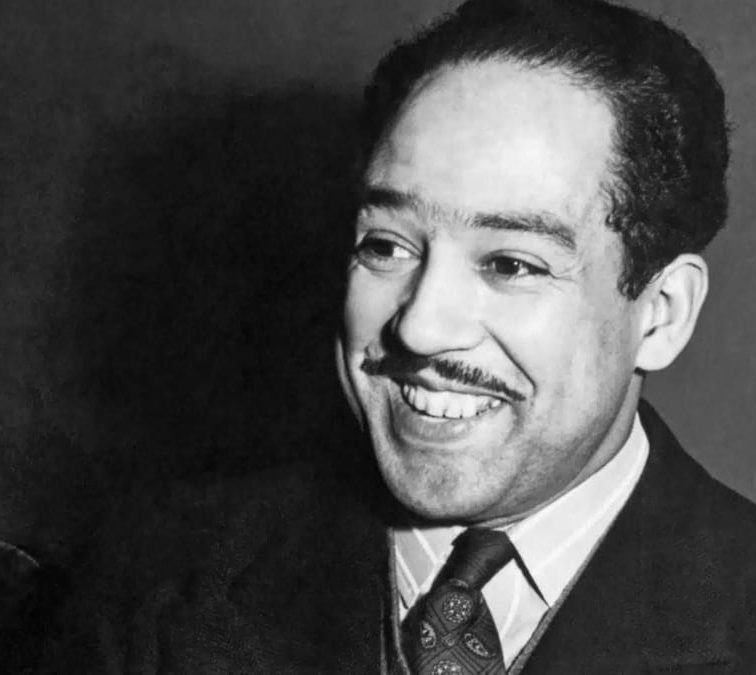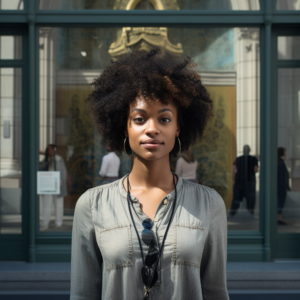The Harlem Renaissance, a period from the end of World War I through the middle of the 1930s Depression, transformed Harlem into a cultural center. Drawing over 6 million African Americans from the South to Northern urban centers like New York, it marked a new era of black intellectualism, arts, and cultural expression.
Key figures included Langston Hughes, whose first published poem “The Negro Speaks of Rivers” (1921) captured the essence of African American history, and Duke Ellington, who debuted at the Cotton Club in 1927, revolutionizing jazz music. Discovering these fun facts about the Harlem Renaissance offers a glimpse into a vibrant chapter of history, where art and culture flourished against all odds.
1. The Birth of Jazz in Harlem: A Musical Revolution
In the 1920s, Harlem emerged as the epicenter of jazz, birthing a musical revolution. At venues like the Cotton Club, inaugurated in 1923 at 142nd Street and Lenox Avenue, artists like Duke Ellington, whose orchestra became the house band in December 1927, transformed jazz.
This era saw the evolution of jazz from New Orleans style to the more improvisational Harlem style. Jazz reflected the community’s resilience and creativity, acting as a form of resistance against the racial prejudices of the time.
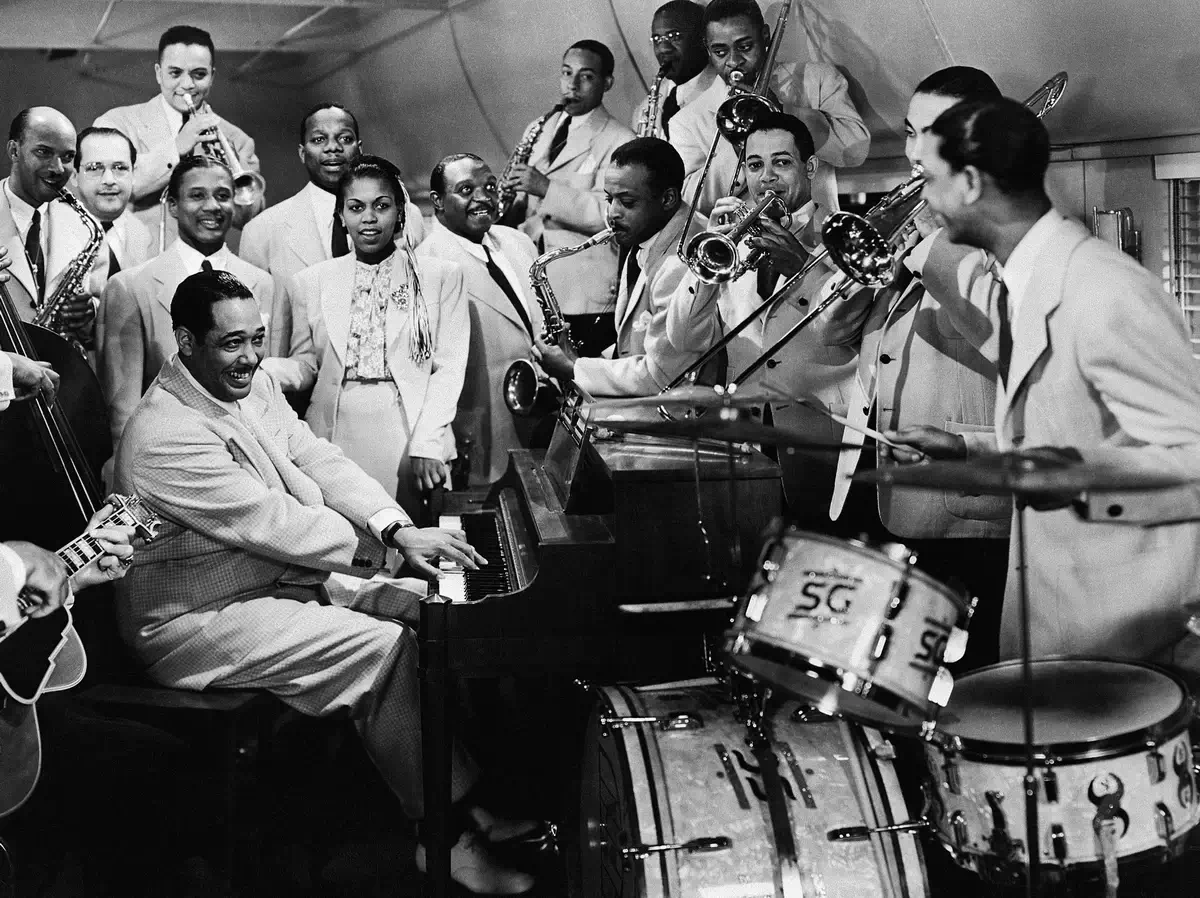
Duke Ellington performing at the Cotton Club in the late 1920s. Image: thecollector.com
2. Langston Hughes: The Poetic Voice of Harlem
Langston Hughes, born in 1901 in Joplin, Missouri, moved to Harlem in the early 1920s, quickly becoming one of its most celebrated figures. His 1926 essay “The Negro Artist and the Racial Mountain” and poems like “The Weary Blues” (1925) encapsulated the spirit of the Renaissance.
Hughes used jazz rhythms and dialect to depict the life of urban blacks in his work, pioneering a new literary form and celebrating black culture against a backdrop of racial oppression.
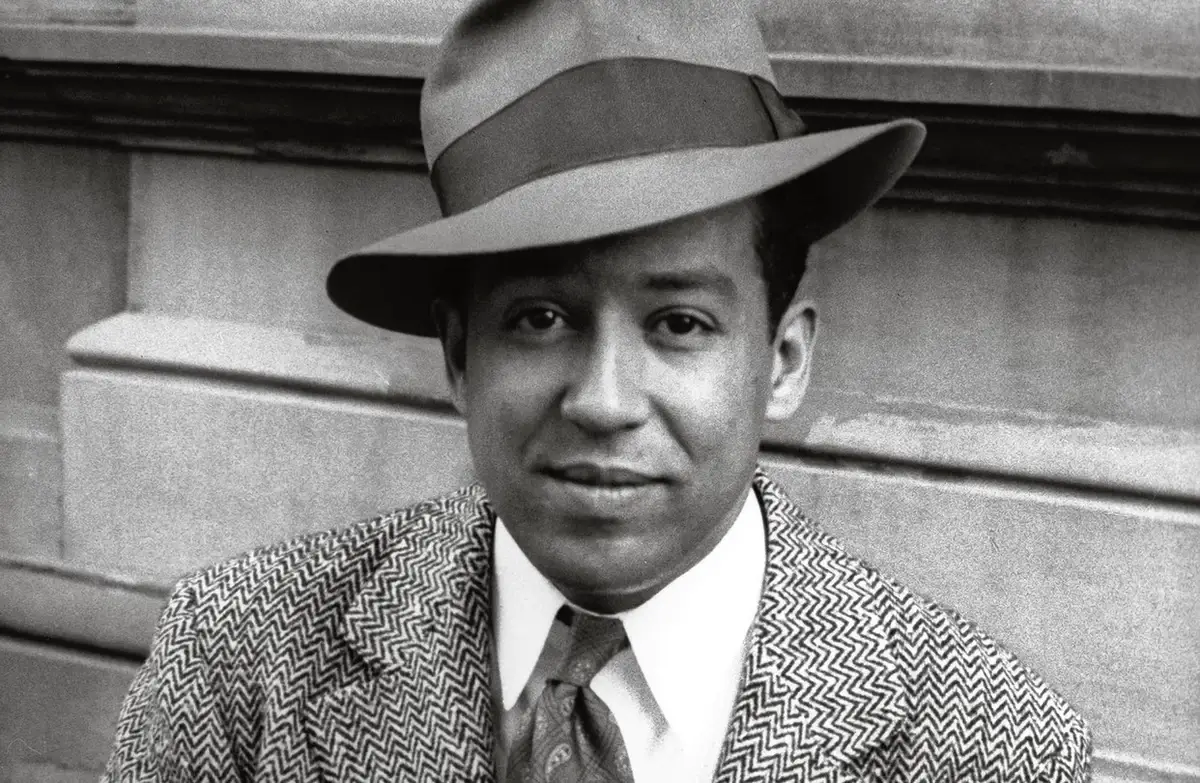
Langston Hughes in Harlem, circa early 1930s. Image: wsj.com
3. Harlem’s Cotton Club: The Epicenter of Entertainment
The Cotton Club, opened in 1923, symbolized Harlem’s vibrant nightlife and cultural explosion. It was known for its lavish shows and numerous jazz legends’ performances.
The club, despite its policy of segregating audiences, played a crucial role in promoting African American musicians. It served as a launchpad for artists like Duke Ellington, whose orchestra was hired as the house band in 1927, and Lena Horne, who began her career there at age 16 in 1933.

Image: thoughtco.com
4. Zora Neale Hurston’s Literary Brilliance
Zora Neale Hurston, born in 1891 in Alabama, was a central figure in Harlem’s literary scene. Her novel “Their Eyes Were Watching God” (1937) was a seminal work, exploring the life of a black woman in the early 20th century.
Hurston, also an anthropologist, used her fieldwork in African American communities in the South to inform her writing, blending folklore with rich narrative. Her work, though underappreciated during her lifetime, later gained significant recognition for its contribution to African American literature and culture.
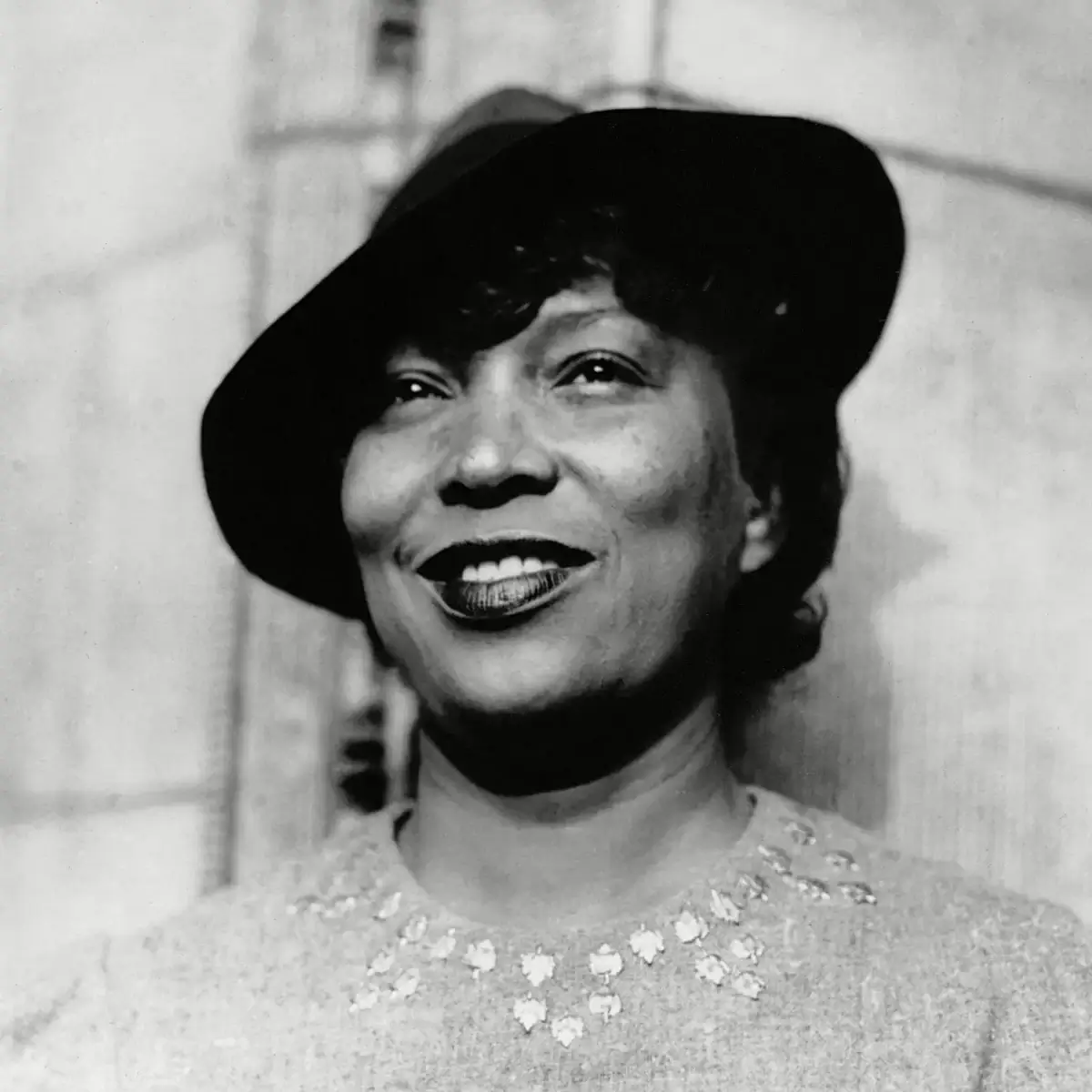
Zora Neale Hurston. Image: Wikimedia Commons
5. Artistic Explosion: The Harlem Renaissance’s Visual Art Scene
The Harlem Renaissance was not only about music and literature but also a significant period for African American visual arts.
Artists like Aaron Douglas, known as the “Father of African American Arts,” blended modernism and African motifs to depict the African American experience. His 1934 mural “Aspects of Negro Life” series, commissioned for the New York Public Library, showcases this unique style.
This era also saw the rise of the New Negro Movement, which encouraged African Americans to be proud of their heritage and express it through art.
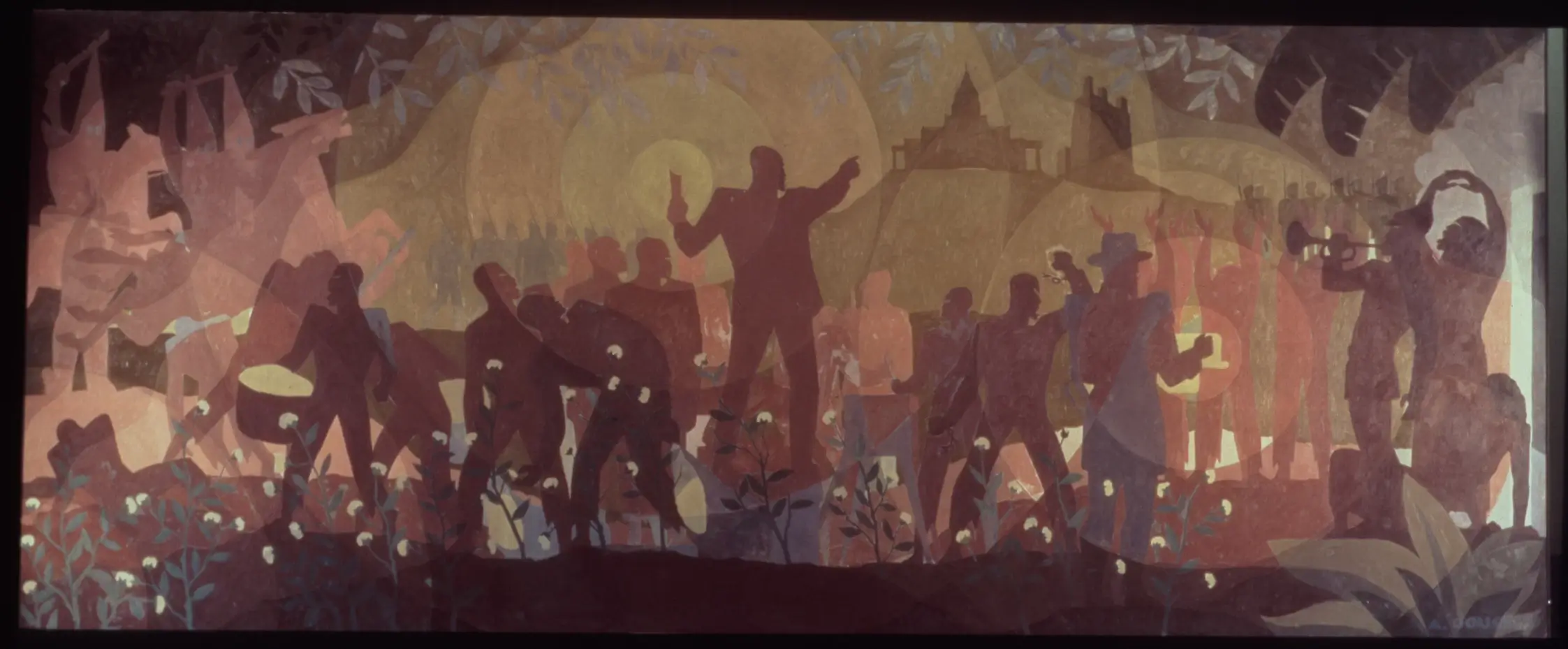
Aaron Douglas’ “Aspects of Negro Life” mural. Image: dp.la
6. The Renaissance’s Role in the Civil Rights Movement
The Harlem Renaissance played a pivotal role in laying the groundwork for the Civil Rights Movement. Intellectuals like W.E.B. Du Bois and Marcus Garvey during this period advocated for racial equality and empowerment. The NAACP, growing significantly in membership during the 1920s, utilized the Harlem Renaissance’s momentum to fight against racial discrimination and injustice.
The Renaissance, by promoting African American culture and intellectualism, helped foster a sense of black identity and unity, which became crucial in the later civil rights struggles.
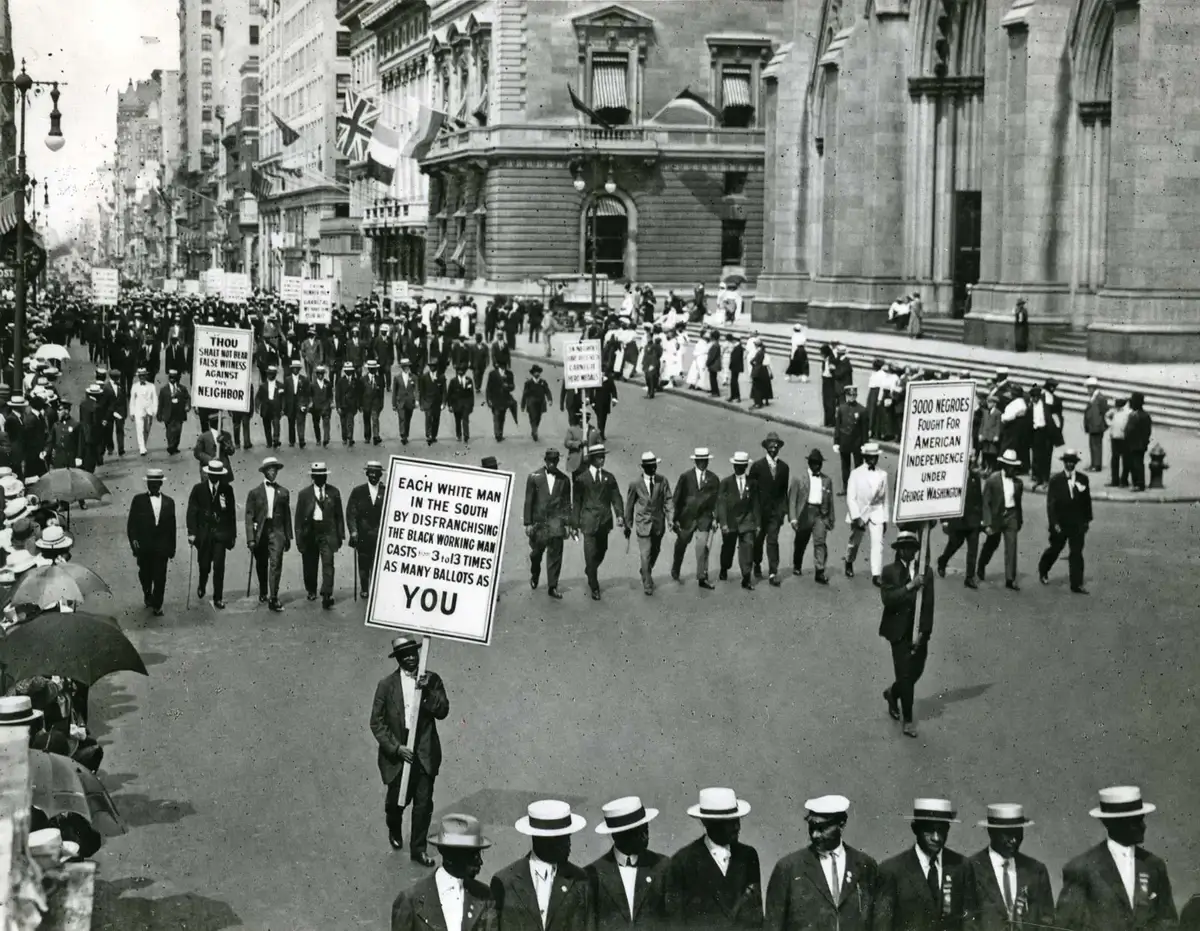
Image: Britannica
7. Influential Women of the Harlem Renaissance
Women played a crucial role in the Harlem Renaissance, bringing unique perspectives and talents to the movement. Figures like Zora Neale Hurston, whose literary works offered insight into the lives of African American women, and Josephine Baker, who broke racial and gender barriers in the performing arts, were instrumental.
Augusta Savage, a prominent sculptor, and educator, created works that celebrated black American culture and helped nurture a new generation of artists through her Harlem Community Art Center.
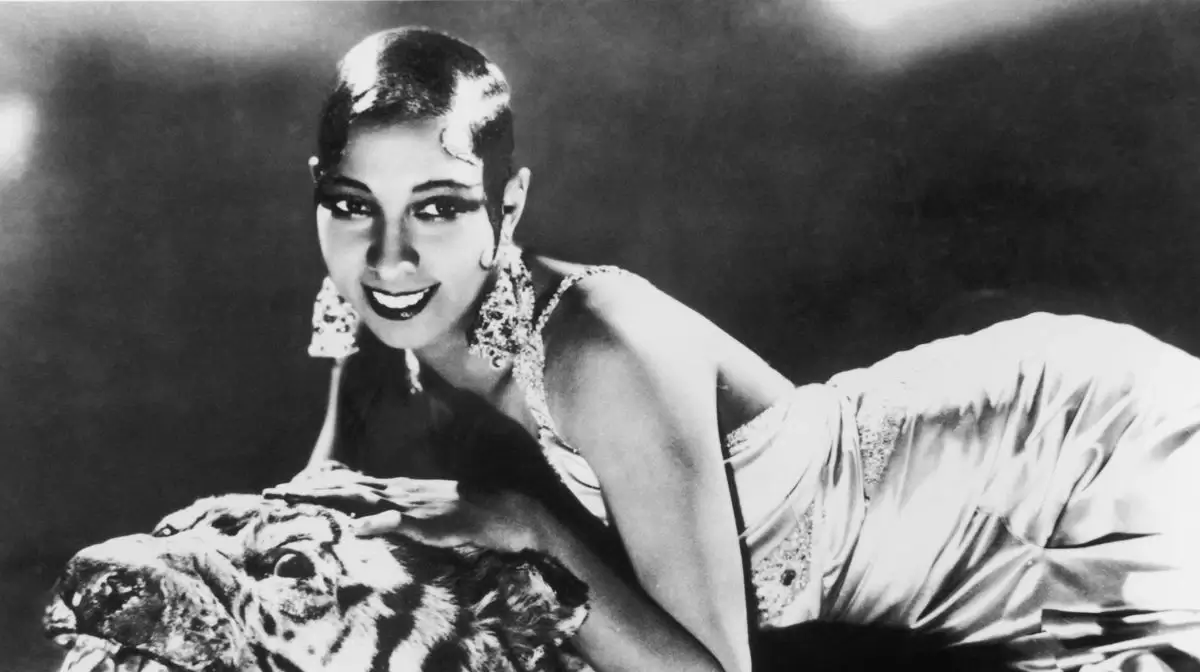
Josephine Baker. Image: biography.com
8. The Savoy Ballroom: Harlem’s Swing Dance Haven
The Savoy Ballroom, opened in 1926 at 596 Lenox Avenue, Harlem, became an iconic venue for swing dancing. Unlike other establishments of the time, the Savoy was integrated, allowing black and white patrons to dance together.
It was here that dance styles like the Lindy Hop were born and popularized by legendary dancers like Frankie Manning. The Savoy’s influence on dance extended beyond Harlem, contributing significantly to the swing era’s dance culture.
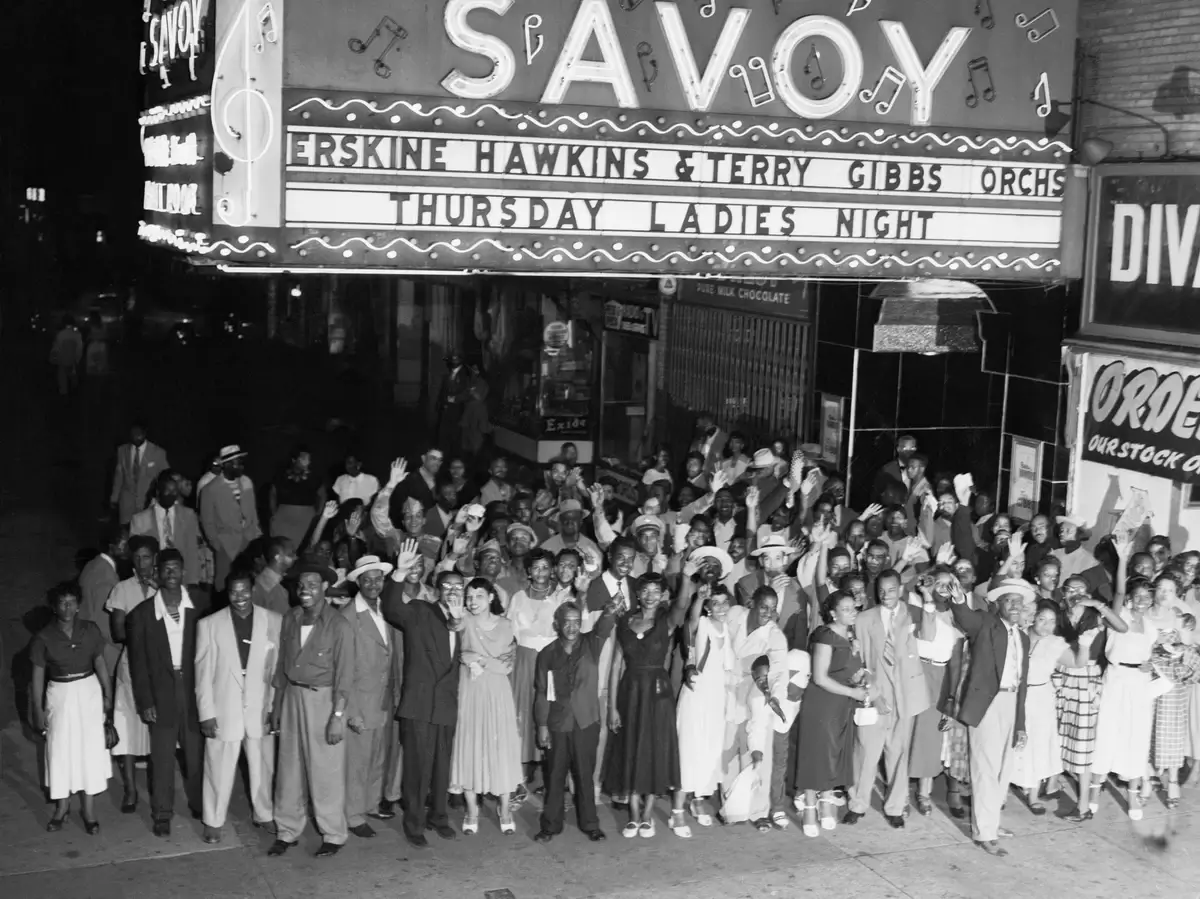
Image: atlanticlindyhopper.wordpress.com
9. Harlem Renaissance’s Global Impact on Culture
The Harlem Renaissance had a profound impact that extended well beyond Harlem or even the United States. It inspired similar movements worldwide, particularly in places like Paris and the Caribbean, where African American culture was celebrated and emulated.
The Renaissance played a crucial role in shaping the Négritude movement in Francophone countries, where writers and intellectuals embraced African heritage. This global influence underscored the universal appeal of the Renaissance’s themes of racial pride and cultural expression.
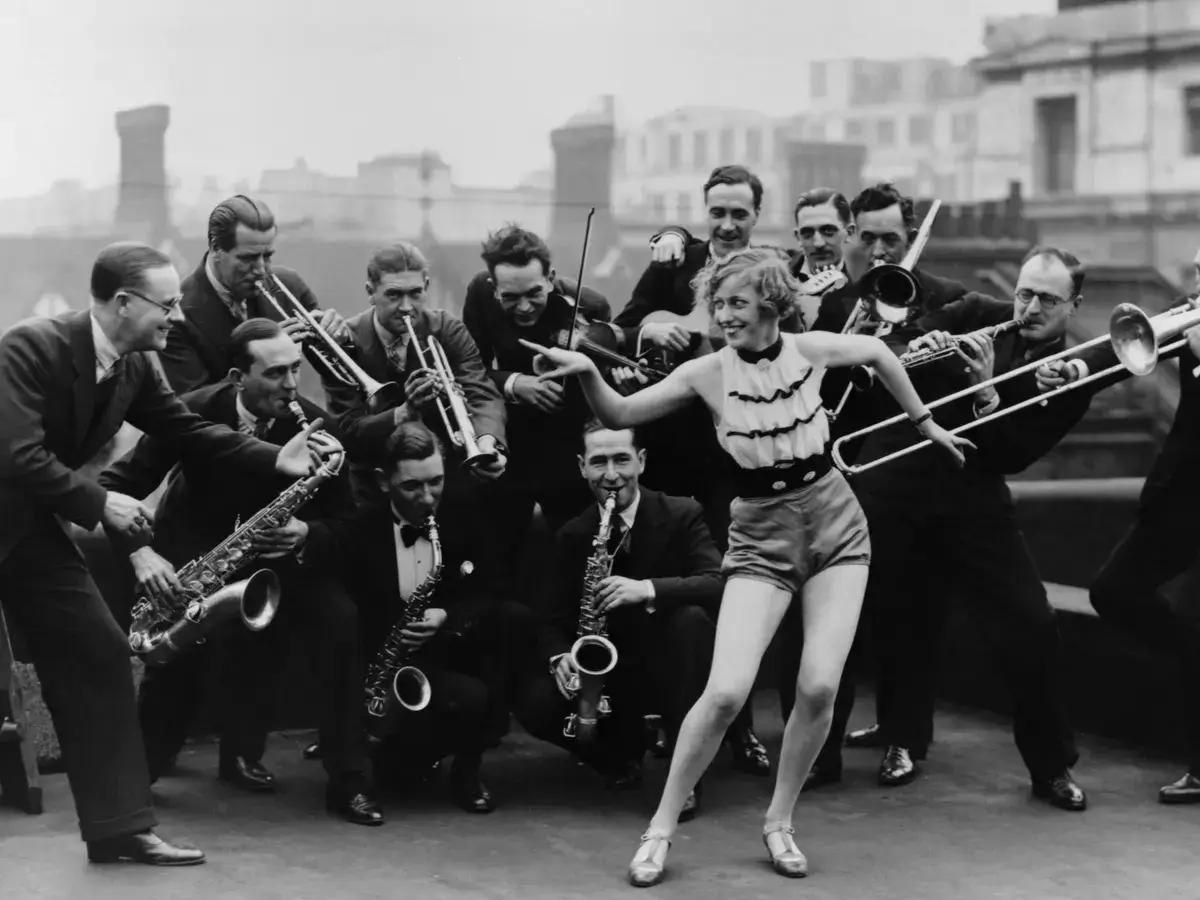
The Percival Mackey Dance Band, featuring Monte Ryan, performing atop the Savoy Hotel in London, 1927. Image: theguardian.com
10. The Role of the NAACP and the Crisis Magazine
The National Association for the Advancement of Colored People (NAACP), founded in 1909, became a pivotal organization during the Harlem Renaissance. The NAACP’s official magazine, The Crisis, edited by W.E.B. Du Bois from 1910 to 1934, played a crucial role in promoting African American writers and artists.
The magazine published poems, stories, and essays about racial injustice, becoming a key platform for Renaissance intellectuals. It significantly contributed to the debate about race relations in America, advocating for civil rights and African American cultural pride.
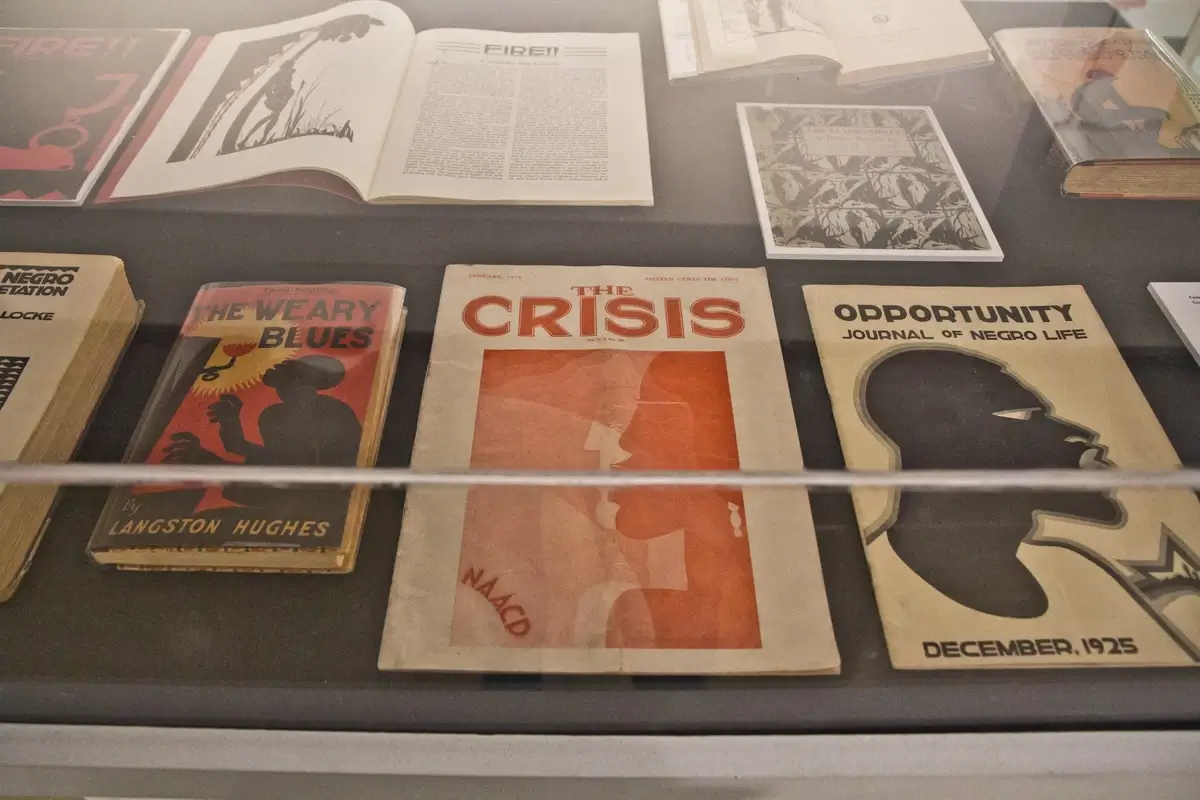
Image: whyy.org
11. Renaissance in Theater: The Rise of African American Playwrights
The Harlem Renaissance marked a significant period for African American theater, with playwrights like Langston Hughes and Zora Neale Hurston bringing new narratives to the stage.
Theatrical productions such as “Shuffle Along” (1921) by Eubie Blake and Noble Sissle, and “The Emperor Jones” (1920) by Eugene O’Neill, were revolutionary, showcasing African American talent in Broadway. These plays not only entertained but also highlighted the complexities of black life in America, challenging racial stereotypes and paving the way for future African American playwrights.
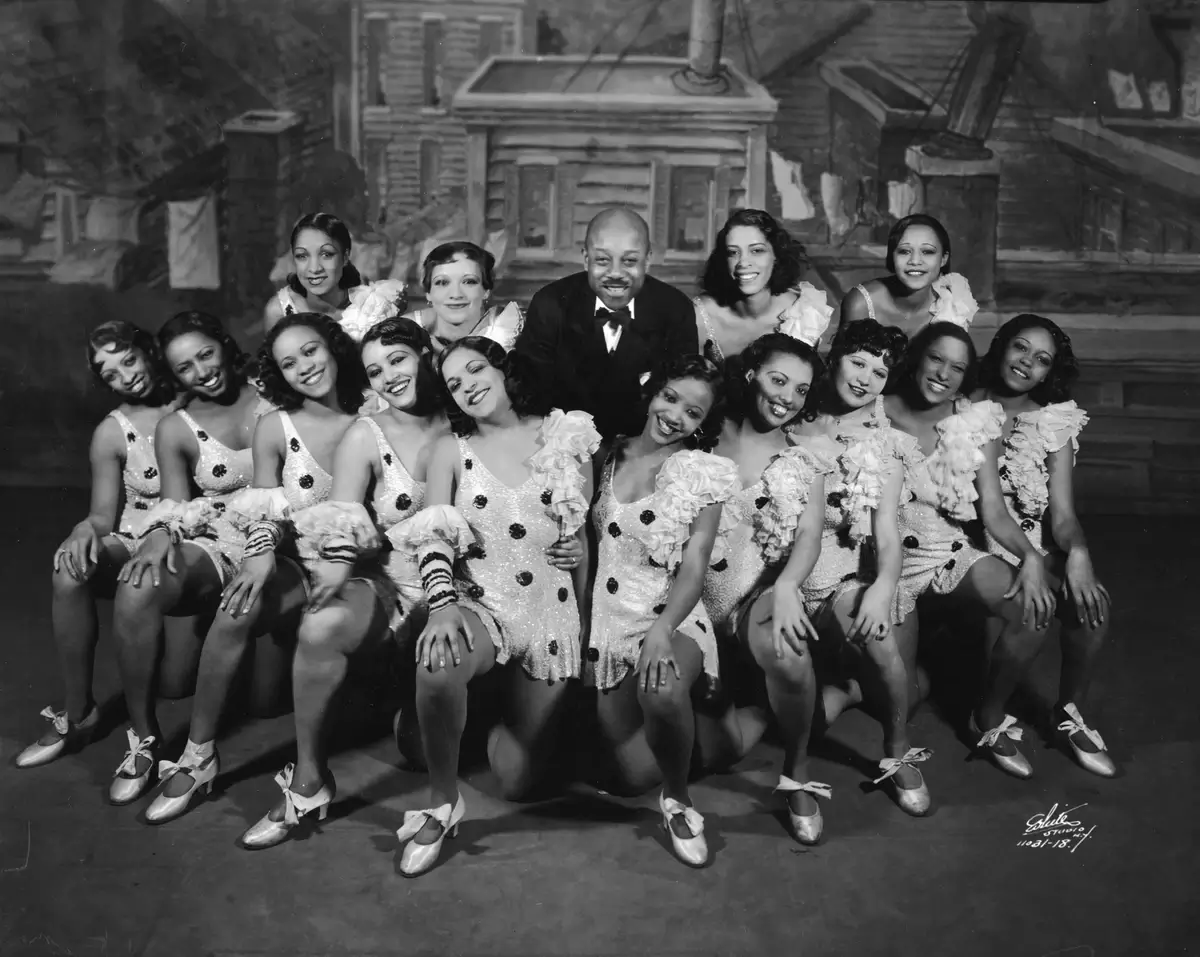
“Shuffle Along”: Eubie Blake and the ladies. Image: northjersey.com
12. The Great Migration: Fueling the Harlem Renaissance
The Great Migration, a mass movement of African Americans from the rural South to the urban North between 1916 and 1970, was instrumental in fueling the Harlem Renaissance. Approximately six million African Americans relocated, seeking better opportunities and escaping racial segregation.
Harlem became a primary destination, transforming into a vibrant cultural center. This demographic shift significantly influenced the Renaissance, as the influx of new talent and perspectives enriched the cultural and intellectual milieu of Harlem.
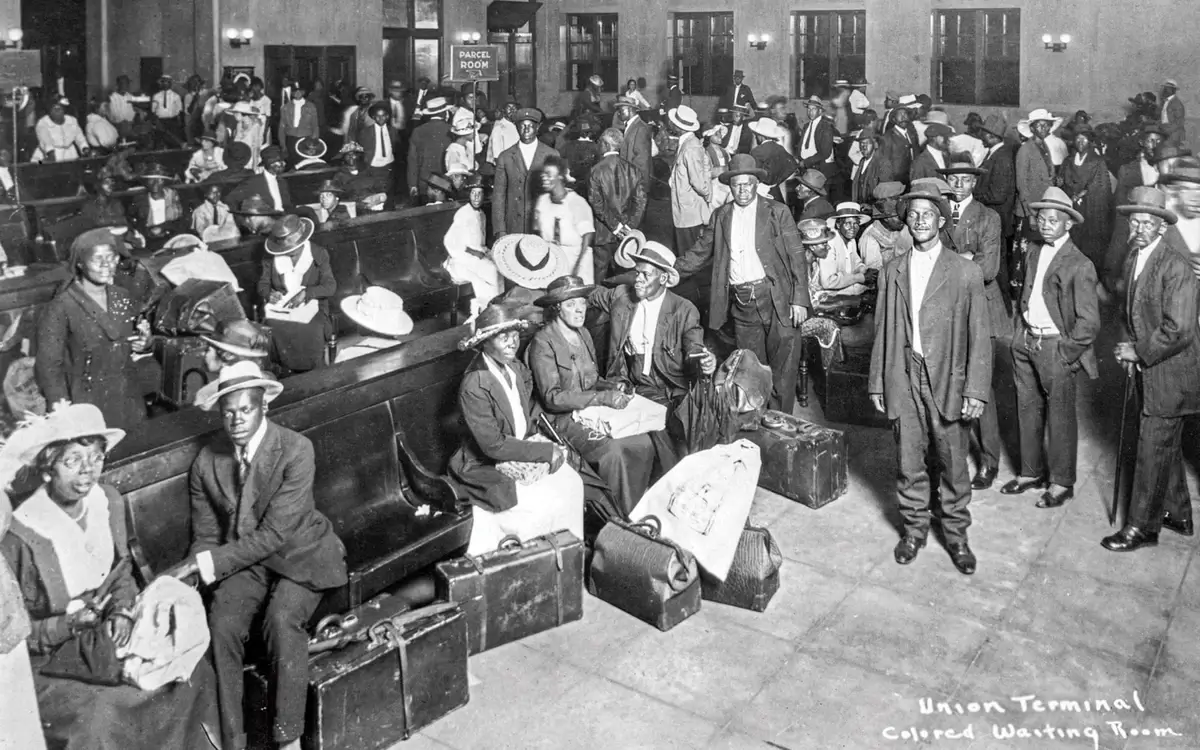
Image: scholastic.com
13. Iconic Harlem Renaissance Figures in Film
The Harlem Renaissance also impacted the film industry, with figures like Oscar Micheaux, regarded as the first major African American feature filmmaker. His films, including “Within Our Gates” (1920) and “Body and Soul” (1925), countered racist stereotypes and offered nuanced portrayals of African American life.
Additionally, actress Josephine Baker gained international fame, becoming a symbol of beauty and freedom, challenging the era’s racial and gender norms.
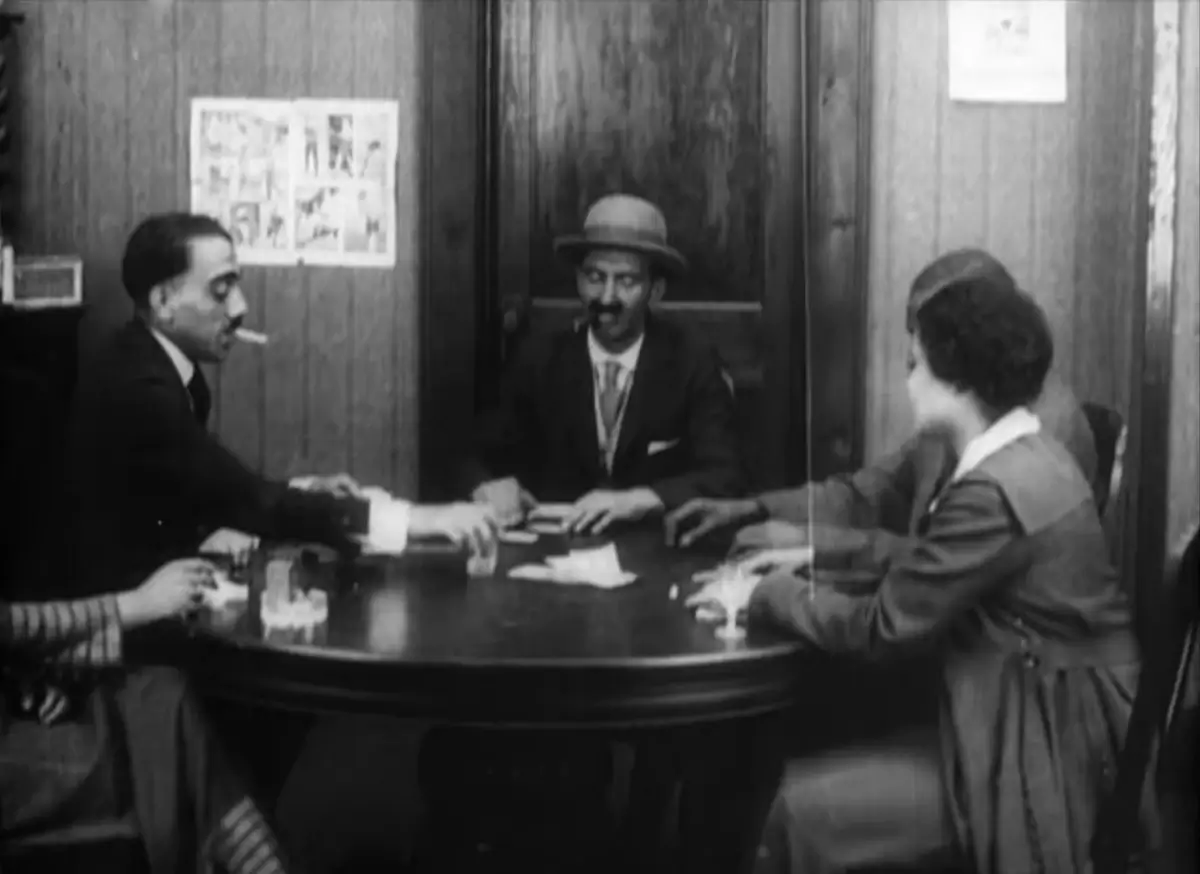
A still from the movie “Within Our Gates” (1920). Image: centuryfilmproject.org
14. The End of the Renaissance: Transition into a New Era
The Harlem Renaissance began to decline in the mid-1930s, as the Great Depression significantly impacted funding and support for the arts. However, the end of the Renaissance did not mark the end of African American cultural production. Instead, it transitioned into new forms, with the Renaissance’s legacy influencing future generations of artists and intellectuals.
The period laid the foundation for later movements like the Civil Rights Movement and continued to inspire a commitment to social justice and cultural pride among African Americans.
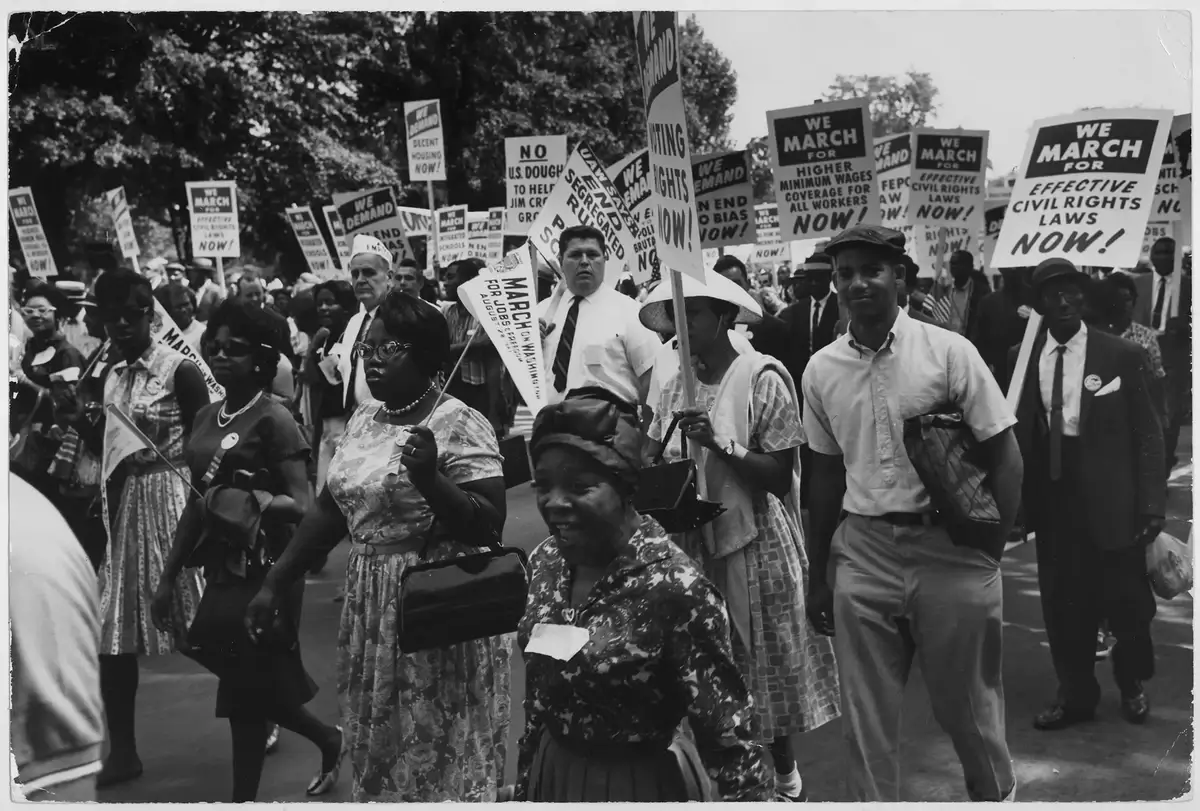
Image: khanacademy.org
15. Zoot Suits: Fashion as Rebellion
The zoot suit, while most famously associated with the 1940s, did have its early roots during the Harlem Renaissance period of the 1920s and 1930s. This bold fashion style, characterized by high-waisted, wide-legged trousers and long coats with padded shoulders, was a precursor to the more exaggerated zoot suit of the 1940s.
In Harlem, this fashion was an expression of individuality and resistance against mainstream cultural norms, reflecting the broader themes of the Harlem Renaissance in celebrating African American identity and defying societal conventions.
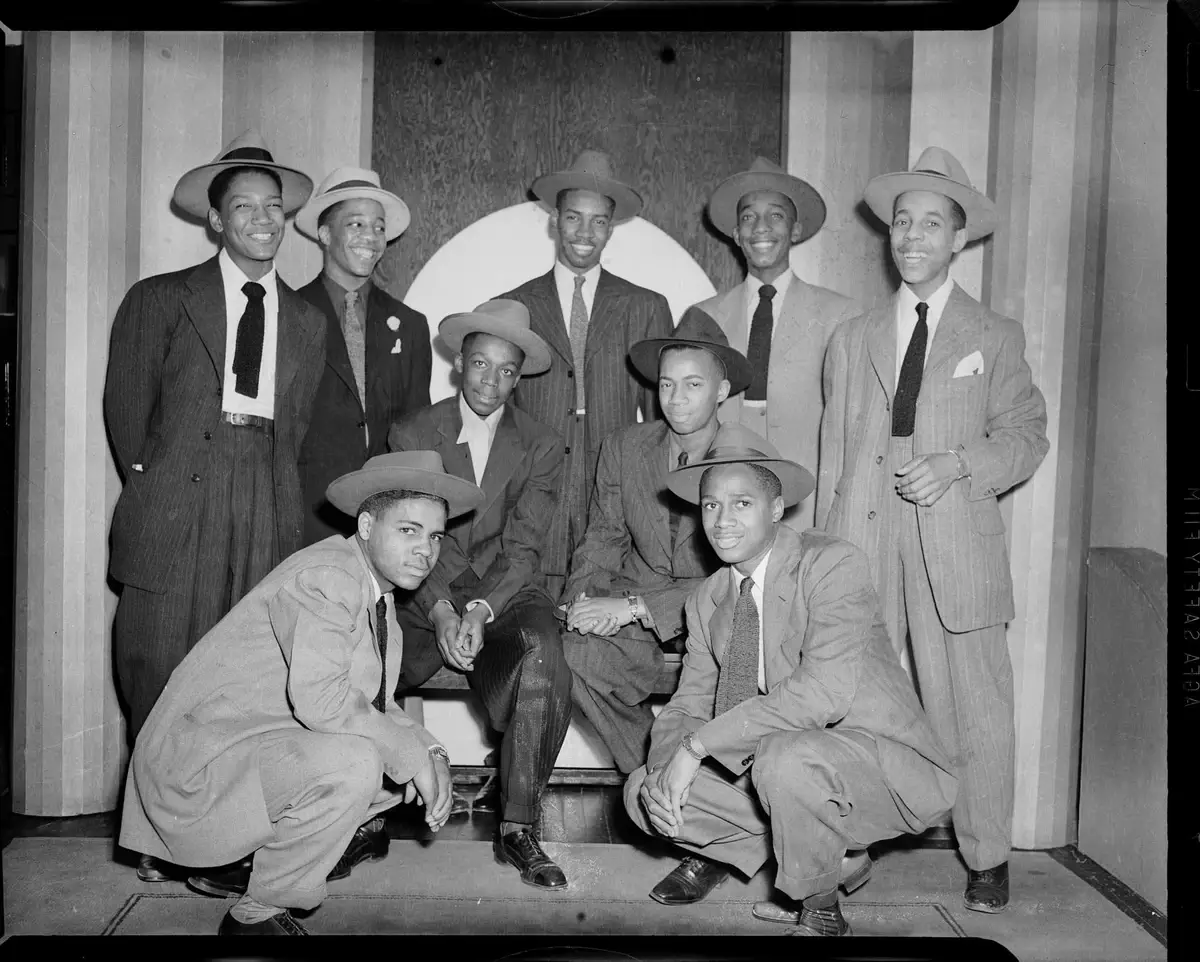
Image: Wikimedia Commons
FAQ
Why was the Harlem Renaissance unique?
The Harlem Renaissance was unique because it marked a turning point in Black cultural history, allowing African American writers and artists to gain more control over the representation of Black culture and experience. It provided African Americans a place in Western high culture and laid the groundwork for later African American literature. This period was notable for its close relationship to civil rights and reform organizations, and it had a significant impact on Black consciousness worldwide.
Who were 5 key individuals from the Harlem Renaissance?
Five key individuals from the Harlem Renaissance include:
- Langston Hughes: A major poet whose work vividly depicted African American life.
- Zora Neale Hurston: A renowned novelist and anthropologist.
- Claude McKay: Known as the first major poet of the Harlem Renaissance.
- Jean Toomer: A writer famous for his novel “Cane.”
- Countee Cullen: A prominent poet and a central figure of the Renaissance.
What were the facts about jazz in the Harlem Renaissance?
During the Harlem Renaissance, jazz emerged as a defining element of the period. The migration of African Americans to Northern urban centers, such as New York, facilitated the spread of jazz. Great musicians like Louis Armstrong and Duke Ellington rose to prominence, and the popularity of jazz among white audiences helped bring attention to the Harlem Renaissance. The genre’s development was intertwined with the cultural and artistic flowering of the era.
How long did the Harlem Renaissance last?
The Harlem Renaissance lasted approximately from 1918 to 1937. It began after World War I and extended into the mid-1930s, coinciding with the Great Depression’s onset.
Why is the Harlem Renaissance important now?
The Harlem Renaissance remains important today as it represents a pivotal moment in the development of African American culture and identity. It signifies a time when Black writers, artists, and musicians gained significant recognition and influence, shaping the portrayal of Black experience in the arts. The Renaissance laid the groundwork for future generations in various artistic domains and played a crucial role in the development of Black consciousness and the civil rights movement. Its impact is still felt in contemporary discussions of race, culture, and identity.


